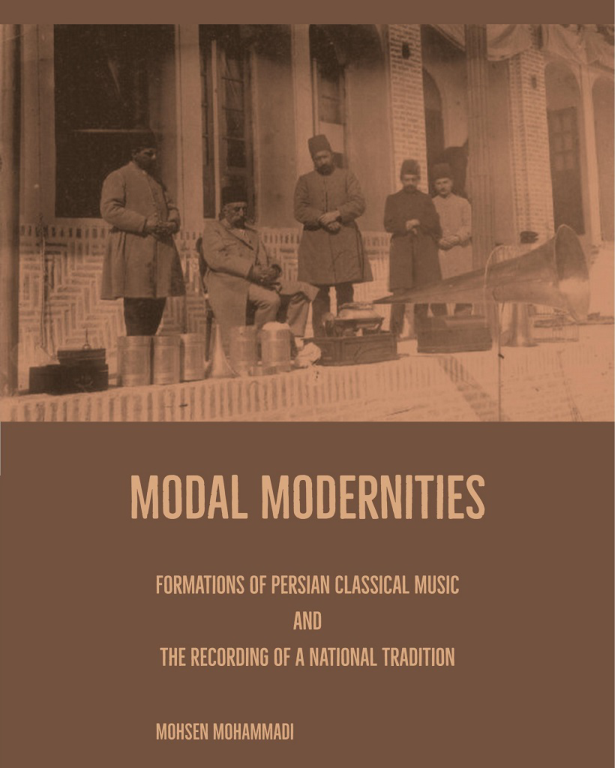Won an award in the 2018 Association for Recorded Sound Collections Award for Excellence for Best Historical Research in Recorded Country, Folk, Roots, or World MusicThis dissertation studies the modal system of Persian music. While modern Iranian musicians explain their music as a of seven dastgah plus five sub-dastgah called avaz, the dominant interpretation in the ethnomusicology literature describes the Persian modal system as a set of twelve dastgah. Part I of this dissertation studies how the system of seven dastgah and five avaz was introduced to the ethnomusicology literature and how it was simplified as a set of twelve dastgah. Part I shows that the modal system of Persian music was introduced to the ethnomusicology literature by a generation of Persian musicians who were trained in European music and thus were a hybrid of insider and outsider. Part II studies the historical root of the concept of dastgah. Persian writings on modulation from one mode to another date back to the fourteenth century. This theme was developed into a few collections of modes which were meant to help musicians as modulation instruction. Those collections were developed further and found an order which advised musicians to perform modes in sequences. Modulation instructions were titled “shad” in the seventeenth century. During the late eighteenth and early nineteenth century, the shad was developed further and was renamed dastgah. Part III shows that, while dastgah was an important concept of multi-modal performance, avaz was the general term for Persian modes. Various sources form the nineteenth century and early twentieth century, including musical texts, diaries and travel accounts, old newspapers, early European publications on Persian music, early Persian books on music, and the first catalog of Persian records show that avaz was the general term to refer to Persian modes. Part IV studies the impact of early commercial records on the formation of the Persian modal system. During the first recording session, most labels featured an avaz or a tasnif (song), while seven sets of records were allocated to record the seven dastgah briefly. During the subsequent recording sessions, not only the number of recorded modes decreased, but also more tracks were allocated to the few popular modes. The top ten recorded modes included five avaz that were the central modes of five of the seven dastgah, and five other avaz that became popular through the process of recording. When the seven dastgah were retrieved as an icon of national identity, the five popular avaz retained their modal status but the rest of the avaz were downgraded as pieces of a dastgah only. During the interwar recording sessions, the pattern for coupling tracks on double-sided Persian records was coupling two rhythmic performances in the same mode or two non-rhythmic performances in related modes. Those related modes (avaz) were usually included in a certain dastgah or followed another avaz that was more popular. Each double-sided record became a mode unit, thus, the five popular dastgah were squeezed into one mode while the five popular avaz were extended into smaller dastgah.
 کتاب سل Ketab Sell | کتاب سل، بزرگترین منبع کتاب و جزوههای دانشجویی
کتاب سل Ketab Sell | کتاب سل، بزرگترین منبع کتاب و جزوههای دانشجویی









Reviews
There are no reviews yet.